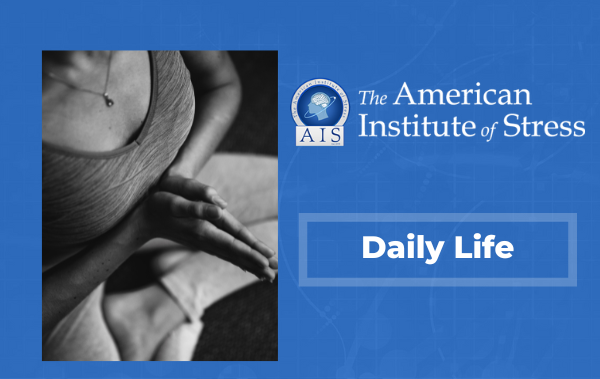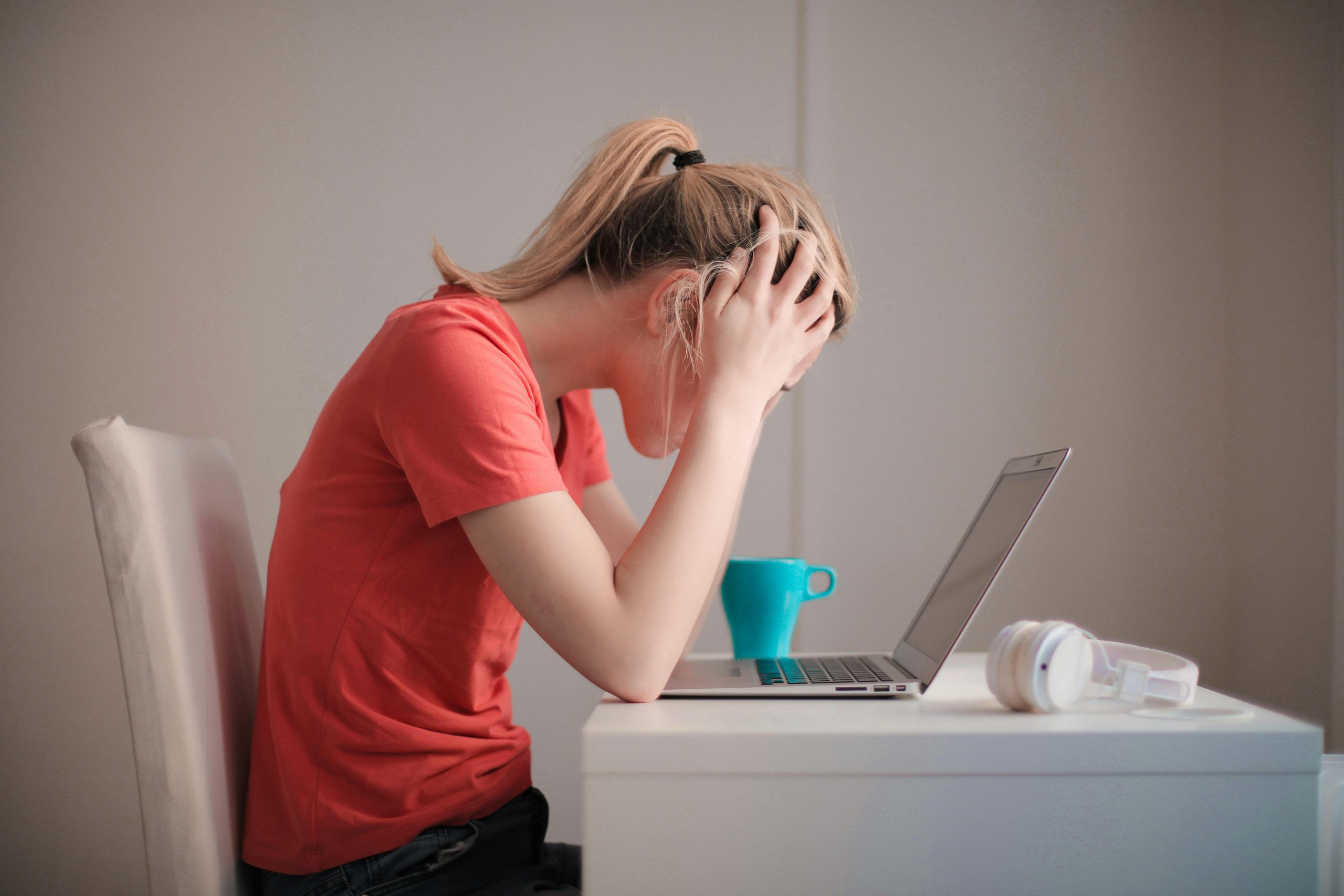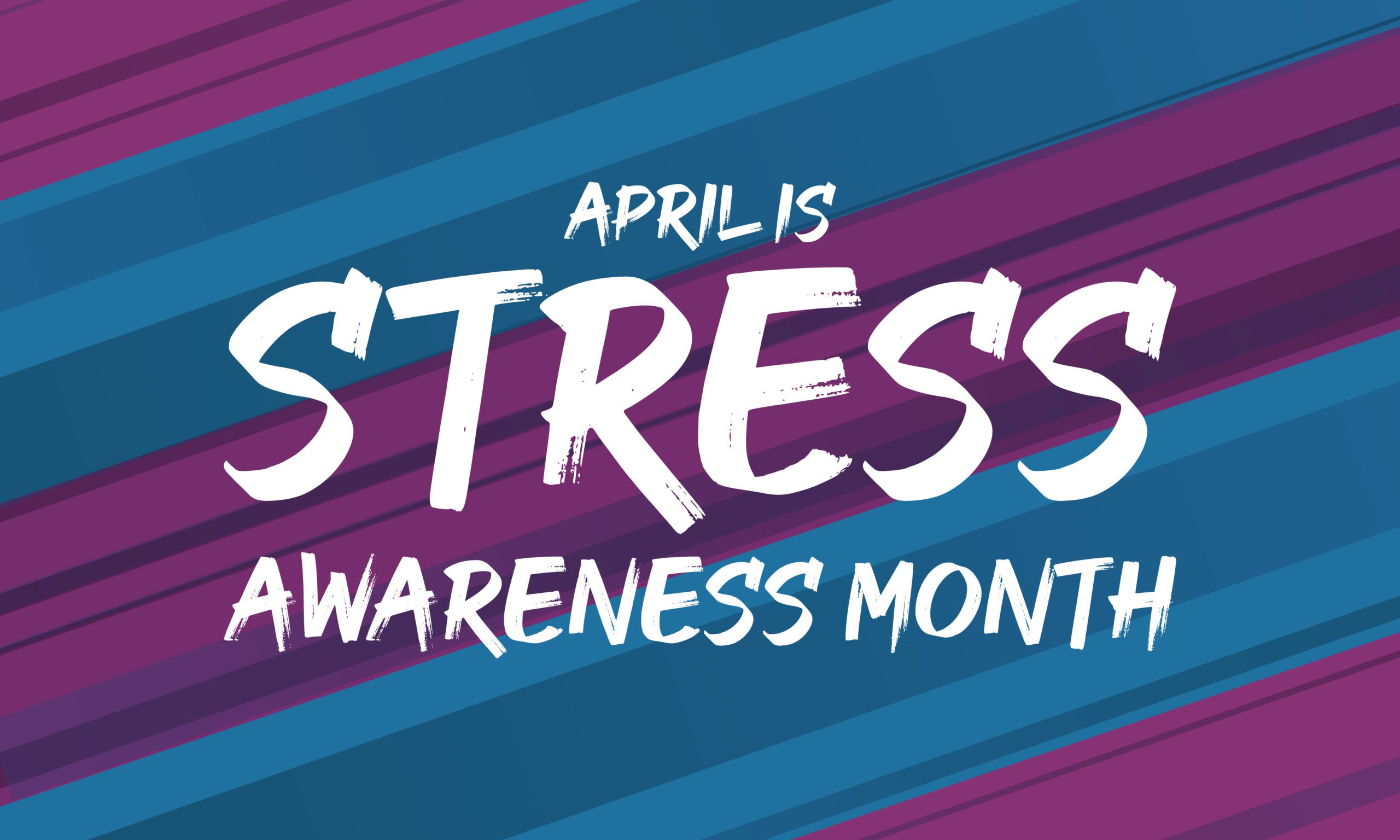Stress occurs for everyone. When you have a challenging experience, your body produces both physical and mental responses. These responses can range from aches and pains to feeling anxious and restless.
In this article, we’ll examine the causes of stress, its symptoms, and techniques to help you alleviate the symptoms and provide relief.
:max_bytes(150000):strip_icc():format(webp)/GettyImages-1251369374-f4696c39b2fa4151aea6b55ed350f53e.jpg)
Prevalence of Stress
Every year, the American Psychological Association (APA) surveys people in the United States concerning stress, its causes and intensity, and how people respond to stressors. In its 2020 survey, Americans said that the COVID-19 pandemic was a leading stressor in addition to other sources of stress that continue to be problematic.1
Due to a combination of the COVID-19 pandemic and the other existing stressors, the APA said in the report, “We are facing a national mental health crisis that could yield serious health and social consequences for years to come.”
Nearly 8 in 10 people said the pandemic was the leading source of stress, while almost 7 in 10 people experienced increased stress over the course of the pandemic.1 Other events that led to increased stress include the uncertainty within the country (cited by 2 in 3 adults) and the number of issues America faces today (3 in 5 adults).
Seventy-seven percent of Americans are worried about the future of the country—an increase of 11% from the previous year. Six in 10 Gen Z adults (ages 18 to 23) report high stress levels in comparison with older generations.1
What Is Stress?
Stress is the experience of being overwhelmed or unable to cope with mental or emotional pressure caused by outside events. Factors that may cause stress are varied and can include health issues, relationship problems, difficulties at work, financial issues, and events happening in the country or around the world (like the coronavirus pandemic).
Everyone feels stress at times. The body is designed to experience stress and to react to it. When you’re stressed, your body reacts to the new situation, which helps to keep you alert to new challenges or potential dangers.
However, when you experience ongoing stress without any relief, it can become a serious problem that can affect your physical and mental health. When experiencing stress, the body reacts by producing stress hormones, like epinephrine (adrenaline) and cortisol, that spur the fight-or-flight response and influence the immune system.
Symptoms
Stress can cause a myriad of emotions, including:2
- Anxiety
- Fear
- Anger
- Sadness
- Irritability
- Frustration
- Depression
Stress can also cause several physical symptoms:2
- Aches and pain (headaches and/or back and shoulder pain)
- Nausea
- Indigestion or digestive issues like bloating, constipation, and diarrhea
- Hyperventilating (breathing too fast and/or too deeply) or shallow breathing
- Excessive sweating
- Heart palpitations (noticeable changes in the way the heart beats)
Other physical symptoms include fatigue, a heaviness in your chest that may include increased heart rate or chest pain, jaw clenching or teeth grinding, dizziness, and feeling anxious or depressed.3
Mental and behavioral symptoms include:3
- Becoming more emotional
- Feeling overwhelmed
- Memory problems
- Difficulty in problem-solving, decision making, concentration, completing your work
- Using drugs, food, alcohol to cope with the stress
Stress vs. Anxiety
According to the American Psychological Association, stress is caused by an outside trigger that is short in duration, like filing your taxes on time, meeting future in-laws for the first time, or taking an exam. In contrast, anxiety is persistent and constant worrying that doesn’t go away even when an outside factor is absent.4
However, symptoms of anxiety that are similar to stress include insomnia, fatigue, problems with concentration, pain, and irritability.
The National Institute of Mental Health notes that approximately 19.1% of American adults experienced some form of anxiety disorder in the past year, while 31.1% of American adults have experienced an anxiety disorder at some time in their lives.5
A common type of anxiety disorder is generalized anxiety disorder. Your healthcare professional will look for symptoms that may include excessive worry that’s hard to control and that has occurred daily for six months or more.
Another anxiety disorder is panic disorder. Symptoms can include difficulty breathing, a racing heart, sweating, and dizziness.5
Treatment for anxiety may include psychotherapy, medication, or both. One form of therapy is cognitive behavioral therapy that focuses on thought patterns and how to change them. Another form of therapy is exposure therapy, in which the person is exposed to the trigger in a safe and controlled environment so that they’re able to break the pattern that causes the fear.4
Stress Relief Techniques
If you’re feeling stressed and need relief from your symptoms, there are several techniques that will help you alleviate the physical, emotional, and mental symptoms. In general, these techniques work well, but if you find that your stress has become an anxiety disorder, seek medical attention for help.
Finding What Works
What works to relieve stress for one person may not work for someone else. Explore different ways to relieve stress to find what works for you.
Below are several techniques that you can do on your own whenever you find yourself in a stressful situation. They require only minimal guidance to get started.
Breathwork
When you’re relaxed, your breathing is slower and deeper than normal and comes from the belly instead of the chest. When you’re stressed, your breathing rate speeds up and your breaths become more shallow. Here are three breathing techniques to try:6
Belly breathing helps lower stress and sends a message to the brain to relax. Deep belly breathing not only relieves stress, but also reduces muscle tension and can help with pain:
- Sit or lie flat in a comfortable position.
- Place one hand on your belly below your ribs and the other hand on your chest.
- Take a deep breath in through your nose, and let your belly push your hand out. Your chest should not move.
- Breathe out through pursed lips as if you were whistling. Feel the hand on your belly go in, and use it to push all the air out.
Do this breathing 3 to 10 times. Take your time with each breath. Notice how you feel at the end of the exercise
Rolling breathing aids in developing full use of your lungs and helps you focus on the rhythm of your breathing. You can do it in any position:
- Place your left hand on your belly and your right hand on your chest. Notice how your hands move as you breathe in and out.
- Fill your lower lungs by breathing so that the hand on your belly goes up when you inhale and the hand on your chest remains still. Always breathe in through your nose and breathe out through your mouth.
- Do this 8 to 10 times.
When you have filled and emptied your lower lungs 8 to 10 times, add the second step to your breathing:
- Inhale first into your lower lungs as before, and then continue inhaling into your upper chest.
- Breathe slowly and regularly. As you do so, your right hand will rise and your left hand will fall a little as your belly falls.
- As you exhale slowly through your mouth, make a quiet, whooshing sound as first your left hand and then your right hand fall.
- As you exhale, feel the tension leaving your body as you become more and more relaxed.
Morning breathing helps relieve muscle stiffness and unclog nasal passages. It can be used throughout the day to relieve back tension:
- From a standing position, bend forward from the waist with your knees slightly bent, letting your arms dangle close to the floor.
- Inhale slowly and deeply, return to a standing position by rolling up slowly, lifting your head last.
- Hold your breath for just a few seconds in this standing position.
- Exhale slowly as you return to the original position, bending forward from the waist.
- Notice how you feel at the end of the exercise
Aromatherapy
Aromatherapy has been used for centuries. When certain essential oil scents are inhaled, the molecules travel from the olfactory nerves to the brain and affect the amygdala, the emotional center of the brain. Some scents, like lavender, may help you relax and help with sleep.
Currently, research is limited, and more is needed. However, studies show that aromatherapy can change brain waves and behavior.7 Another study showed that combined with massage, aromatherapy helped with pain and fatigue, two symptoms of stress.8
There are a number of ways to enjoy aromatherapy. These include candles, massage oils, infusers, body oils, aroma sticks, and eye masks infused with the oils.
Keep in mind that some side effects may occur if you are allergic to certain essential oils, such as an itchy rash. If you have pets and use an infuser, be aware that some oils may be toxic to them and cause respiratory distress.
Yoga
Yoga is an ancient practice that involves physical poses (asanas), deep breathing, and meditation. The benefits for stress relief may involve all these elements. Yoga classes are widely available, including virtual instruction and practice.
Biomarkers in the blood can be used to measure levels of chronic inflammation and stress. One biomarker is the stress hormone cortisol, which fluctuates throughout the day. An increased baseline level of cortisol may indicate chronic stress.9 Studies show that consistent practice of yoga may slow down the physical effects of stress and inflammation.
Artwork
Studies show that most people who try art as a form of therapy or stress relief have experienced significant reductions in their cortisol levels when doing so.
According to a study published in the journal Art Therapy, when cortisol levels were taken both before and after participants engaged in 45 minutes of creating art, researchers found that 75% of the people involved had lowered their cortisol levels.10
Summary
Stress is feeling overwhelmed in response to factors outside of yourself. It produces physical, emotional, and behavioral reactions. Ways that you can relieve stress include breathing exercises, aromatherapy, yoga, and artwork.
A Word From Verywell
We all experience stress to varying degrees. For many of us, stress can make us more alert to the challenges of some of our daily tasks so that we’re able to complete them. However, many times we’re simply overwhelmed by many stressors that come barreling at us all at once.
If you experience chronic stress, don’t despair. There are many techniques that can be used on a daily basis to help alleviate stress, from taking a simple walk outside to starting a consistent meditation practice to help you relax. If these methods don’t help, ask your doctor for a referral to see a mental health professional.
FREQUENTLY ASKED QUESTIONS
-
What causes stress?
Anything that puts pressure on a person that may feel overwhelming can cause stress. Stressors can range from meeting a deadline to moving to a new home.
-
What is chronic stress?
Chronic stress is consistent pressure from outside stressors and feeling overwhelmed over a long period of time.
-
Can you prevent stress?
No. Some outside stressors are simply unavoidable, like a death in the family, an illness, or national events that affect everyone (like the coronavirus pandemic).
-
Can stress be helpful?
Yes. Stress can challenge you to do better at school or at a job, and it also may alert you to potential dangers.
-
How can I tell when I’m too stressed?
Stress can manifest in the body with a number of symptoms, such as insomnia, fatigue, aches and pains, muscle tension, and irritability.





